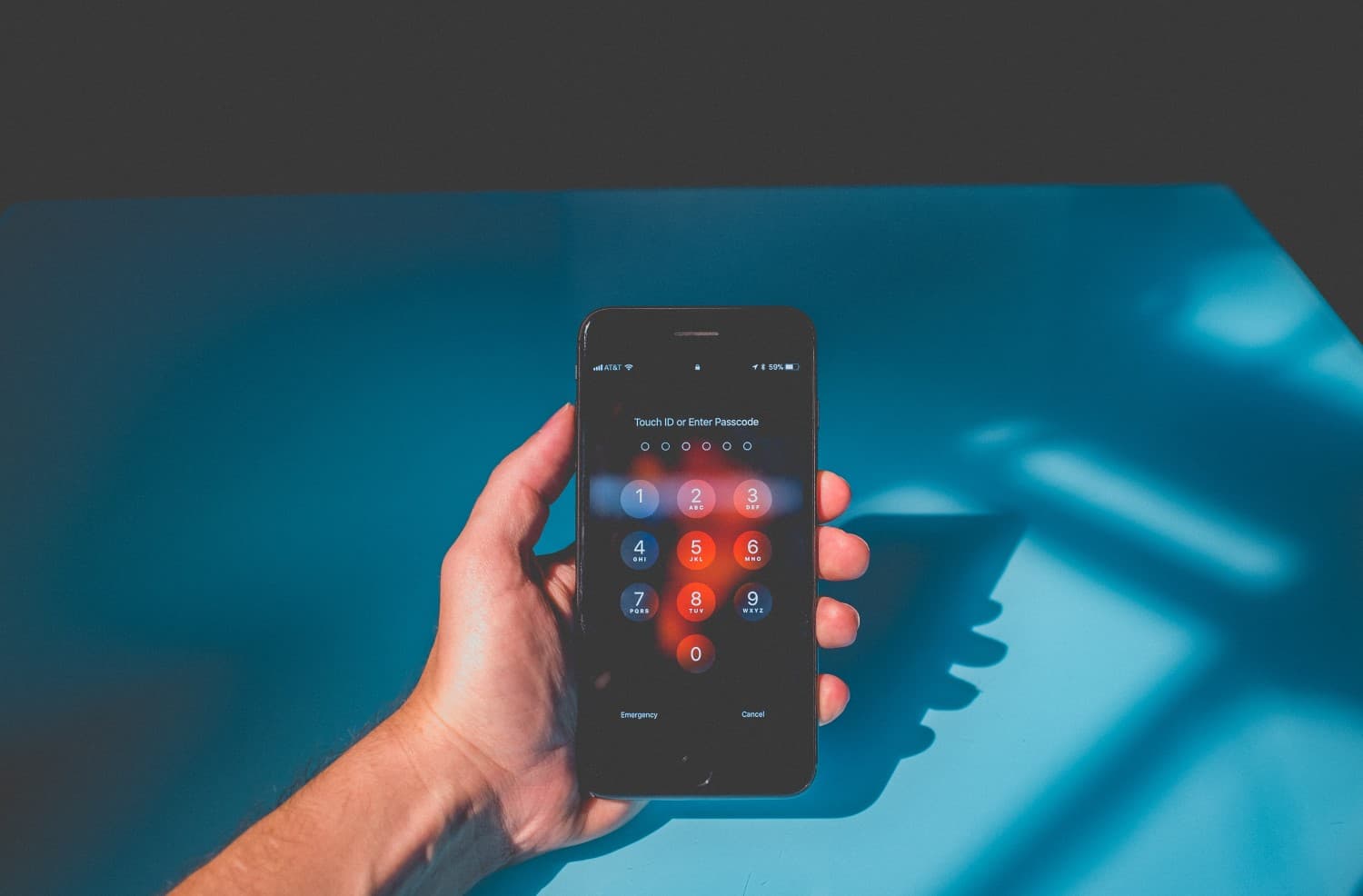In today’s world, mobile applications have become an integral part of our daily lives. From social networks to banking and medical apps, we increasingly rely on mobile applications to solve various tasks. However, with the growing use of mobile apps, concerns about network security have also risen. Ensuring the security of data transmitted and received by mobile applications has become a top priority. In this article, we will examine the key aspects of network security in mobile applications and how developers and users can protect their data.
User Authentication
User authentication is the first line of defense in network security. Mobile app developers must implement robust authentication mechanisms to verify the identity of users. This includes:
Strong Passwords and Their Storage
One of the most common authentication methods is using passwords. However, it is essential to ensure that passwords are stored securely and encrypted. Hashing passwords and using salts help prevent their leakage in case of a database breach.
Two-Factor Authentication (2FA)
2FA provides an additional layer of security by requiring users to provide not only a password but also an additional factor, such as a one-time code or biometric data. This makes it significantly more challenging for malicious actors to compromise an account.
Authentication Using Biometric Data
Modern mobile devices support biometric authentication methods, such as fingerprint scanning or facial recognition. This offers a convenient and secure way to confirm a user’s identity.
These authentication measures are crucial for protecting user accounts and ensuring that only authorized individuals gain access to mobile applications.
Data Encryption
Data encryption is a fundamental aspect of network security, necessary for protecting information from interception during transmission. Mobile applications should employ various encryption methods:
Protection of Data in Transit (TLS/SSL)
Protocols like Transport Layer Security (TLS) and Secure Sockets Layer (SSL) provide data protection during transit between the mobile device and the server. They use cryptography to encrypt data and ensure its confidentiality.
Encryption of Data on the User’s Device
Sensitive data stored on the user’s mobile device, such as personal messages or financial information, should also be encrypted. This helps prevent unauthorized access in case of device loss or theft.
Protection of Data in Device Memory
To prevent unauthorized access to data in device memory, developers should utilize encryption mechanisms provided by the mobile device’s operating system.
Authorization and Access Control
To ensure the security of an application, it is necessary to define which users have access to specific resources and features.
Defining user roles and permissions helps determine which actions are allowed for each category of users, including interaction with ip 192.168.0.1. For instance, an administrator may have more rights than an ordinary user. Restricting access to resources such as databases or files helps prevent unauthorized access and reduces the risk of data breaches.
Regularly auditing and monitoring user actions helps detect suspicious activity and respond promptly to potential threats.
These measures ensure that users have the appropriate level of access and that their actions within the app are closely monitored to maintain security.
Updates and Monitoring
Ensuring the security of a mobile application is an ongoing process. Regular application updates and network activity monitoring play a significant role in maintaining security. Application updates may include vulnerability fixes, security enhancements, and updates to dependencies. Developers should monitor for new versions and release updates promptly.
Regularly monitoring network activity helps identify unusual behavior or attacks. Incident detection and swift response can significantly reduce potential threats’ impact.

User Education
User education is essential for overall network security. Mobile application users also play a crucial role in threat prevention. Users should understand basic network security principles, such as using strong passwords and exercising caution while using applications.
Tips and Recommendations for Mobile Application Users
Users should follow several guidelines, including:
1. Use Strong Passwords: Create unique and strong passwords for their accounts.
2. Update Applications: Regularly update applications to receive the latest security fixes.
3. Exercise Caution with Attachments and Links: Avoid opening suspicious attachments or clicking on links from untrusted sources.
By adhering to these recommendations, users can contribute to their own security when using mobile applications.
Real-World Examples
In order to grasp the importance of network security in mobile applications, it’s beneficial to explore real-world scenarios where security challenges arose and were successfully mitigated. These practical cases shed light on the significance of robust security measures.
For instance, let’s consider a medical application designed to store and manage sensitive patient data. In the ever-evolving landscape of cybersecurity threats, this app faced a potential breach. However, due to the implementation of multi-factor authentication (MFA), which required both a password and a unique one-time code sent to the user’s mobile device, the breach attempt was thwarted. This real-life example highlights how MFA adds an extra layer of security, making it significantly more challenging for malicious actors to gain unauthorized access.
Another notable case involves a financial mobile application. This app handles a plethora of sensitive financial information, making it a prime target for cybercriminals. To ensure the security of data both in transit and at rest, the development team employed state-of-the-art encryption methods. Transport Layer Security (TLS) and Secure Sockets Layer (SSL) protocols were used to protect data during transmission, while data stored on users’ devices was encrypted using strong encryption algorithms. These measures ensured that even if a user’s device was lost or stolen, the data remained inaccessible to unauthorized individuals.
These real-world examples illustrate the practical application of security measures and underscore the critical role they play in safeguarding mobile applications and the data they handle.
Conclusion
Network security in mobile applications is crucial for developers and users alike. Implementing robust authentication methods, data encryption, session management, authorization, and protection against attacks helps secure mobile applications. Users should also exercise caution and be aware of network security practices. Only through joint efforts can we ensure the security of mobile applications.
